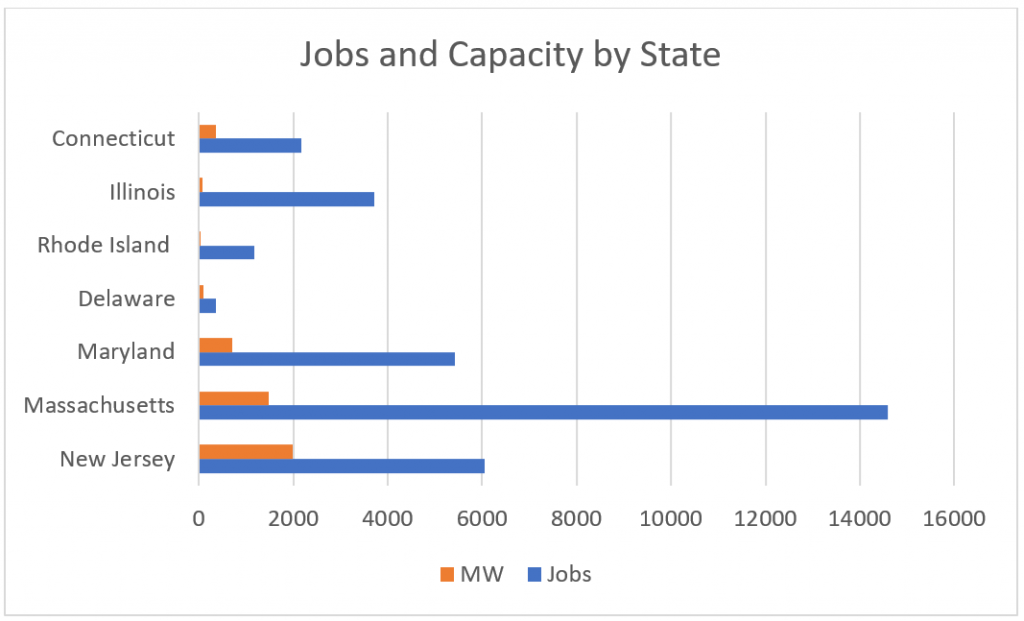This is an excerpt from the January 2018 edition of The SOL SOURCE, a monthly electronic newsletter analyzing the latest trends in renewable energy based on our unique position in the solar industry. To receive future editions of the journal, please subscribe.
2017 was a year of challenges to the tax equity status quo. The market faced several uncertainties, largely because of the looming potential for tax reform. In early 2017, many investors took to the sidelines, uncertain of when and how tax reform would affect their tax appetite and returns. However, as the year progressed, these concerns cooled, and investors returned to the market in force – some entering for the first time - creating a shortage in projects available to meet tax equity demand.
While this shortage progressed – exacerbated by the Section 201 trade case – tax reform picked up speed in Congress, and the industry faced a new set of potential threats. To start, the new law’s reduced corporate tax rate will reduce the overall tax equity supply available in the market. At the deal level, it causes depreciation to become less valuable and forces tax equity investors to either take a lower return, or reduce their pricing to sponsors.
The base erosion and anti-abuse tax (BEAT) posed another threat to investors with large cross-border payments, in that it could potentially prevent investors from benefiting from those credits. However, Congress's final version reduced some of BEAT's blow by retaining the ability to use 80 percent of the investment tax credit (ITC) and production tax credit (PTC). Nevertheless, it will cause issues for some investors, which we will discuss below.
All told, the tax equity market will see changes in 2018; and here some potential impacts we may see in the space:
Multinational Investors Leaving the Space
The retention of BEAT in the final version of tax reform may lead some multinational investors to leave the solar tax equity market in 2018. In situations where the BEAT is projected to exceed the regular tax liability of a multinational corporation, it could force companies to re-evaluate their potential investments in the renewable energy space or exit some of their current investments entirely. These multinational corporations have historically dominated the tax equity market used to finance many renewable projects; however, solar investments have been less dominated by these corporations. Even though the final bill lessened the provision on BEAT, it will not be enough to retain all multinational investors in the US. With these investors leaving this space, there could be a reduction in the capital available in the market, making it harder for developers to raise capital.
Pricing May Decline Due to Basic Mechanics
Tax equity pricing is expected to drop as the lost value of depreciation is taken into account from the reduction of the maximum corporate tax rate to 21% from 35%. Given that the tax losses are now worth less to the investors, investors will reduce their upfront capital contribution to projects – resulting in tax equity comprising slightly less of the capital stack. Debt can bridge the remainder but requires a higher cash-on-cash return. Depending on the deal and sponsor return requirements, this could cause some pain, especially if investors are unable to or unwilling to elect 100% bonus depreciation.
Conclusion
Tax reform has certainly and will continue to pose challenges to the industry, but it is by no means an end to the solar market. As the new policies come into effect, 2018 will be a year of adaptation to the new tax laws. Under these laws, there is still a lot of room to execute tax equity deals and invest in solar projects, and the industry has already started doing the work to adjust. To help offset lower pricing and reduced upfront capital, we may see developers adopt the more efficient inverted lease in structuring their deals instead of a partnership flip, for example. Long-term, we expect this market to stabilize as investors get more familiar with the impact of tax reform. Sol worked with its investors proactively to address some of these issues in 2017. Please reach out to Jessica Robbins at our team (jessie@solsystems.com) if this is of interest to your company.
ABOUT SOL SYSTEMS
Sol Systems, a national solar finance and development firm, delivers sophisticated, customized services for institutional, corporate, and municipal customers. Sol is employee-owned, and has been profitable since inception in 2008. Sol is backed by Sempra Energy, a $25+ billion energy company.
Over the last eight years, Sol Systems has delivered 650MW of solar projects for Fortune 100 companies, municipalities, universities, churches, and small businesses. Sol now manages over $650 million in solar energy assets for utilities, banks, and Fortune 500 companies.
Inc. 5000 recognized Sol Systems in its annual list of the nation’s fastest-growing private companies for four consecutive years. For more information, please visit www.solsystems.com.









